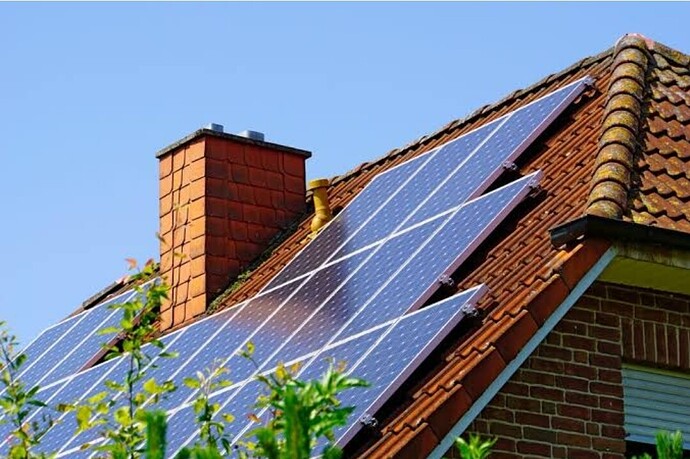Energy-efficient upgrades in the home are becoming increasingly important as homeowners look to reduce utility costs, improve comfort, and contribute to environmental sustainability. These renovations not only help save money over time but also increase the value of a property by making it more appealing to energy-conscious buyers. From small tweaks to major installations, there are a variety of options for upgrading a home’s energy efficiency.
-
Insulation and Weatherproofing
Proper insulation is one of the most effective ways to enhance energy efficiency. Insulating attics, walls, and basements prevents heat loss during winter and keeps the home cooler in summer. Modern insulation materials, such as spray foam or rigid foam boards, provide excellent thermal resistance. Complementing insulation with weatherproofing measures—like sealing gaps around windows, doors, and ducts—reduces drafts and prevents conditioned air from escaping, further lowering energy consumption. -
High-Efficiency Windows and Doors
Windows and doors are major sources of heat transfer. Upgrading to double- or triple-pane windows with low-emissivity (Low-E) coatings can significantly reduce heat loss in winter and heat gain in summer. Energy-efficient doors with proper sealing also prevent air leaks. These upgrades not only enhance comfort but can also improve soundproofing and increase property value. -
Heating, Ventilation, and Air Conditioning (HVAC) Systems
Replacing outdated HVAC systems with energy-efficient models can have a substantial impact on a home’s energy consumption. Modern furnaces, boilers, and air conditioners use less electricity and operate more effectively. Additionally, programmable thermostats or smart thermostats allow homeowners to optimize energy use by automatically adjusting temperatures based on occupancy or time of day, reducing unnecessary heating or cooling. -
Lighting Upgrades
Switching from incandescent or halogen bulbs to LED lighting can reduce energy usage by up to 80%. LEDs have a longer lifespan and lower heat output, which also reduces cooling costs. Incorporating motion sensors, dimmers, and timers further enhances energy savings by ensuring lights are only used when necessary. -
Solar Energy Systems
For homeowners seeking a major upgrade, installing solar panels provides a renewable energy source that can significantly reduce reliance on the grid. Solar photovoltaic systems convert sunlight into electricity, lowering monthly energy bills and, in some cases, allowing homeowners to sell excess power back to the utility company. Pairing solar panels with energy storage solutions like batteries ensures energy availability even during outages.
-
Water Heating and Appliances
Energy-efficient water heaters, such as tankless or heat-pump models, consume less energy than traditional storage tanks. Upgrading to energy-efficient appliances—refrigerators, washing machines, and dishwashers—can also reduce electricity use. Look for products with ENERGY STAR certification, which ensures they meet strict efficiency standards.
Conclusion
Investing in energy-efficient upgrades is a practical approach to lowering utility bills, increasing home comfort, and minimizing environmental impact. Whether through better insulation, advanced HVAC systems, LED lighting, or renewable energy sources, these improvements provide long-term financial and environmental benefits, making them a smart choice for any homeowner.

